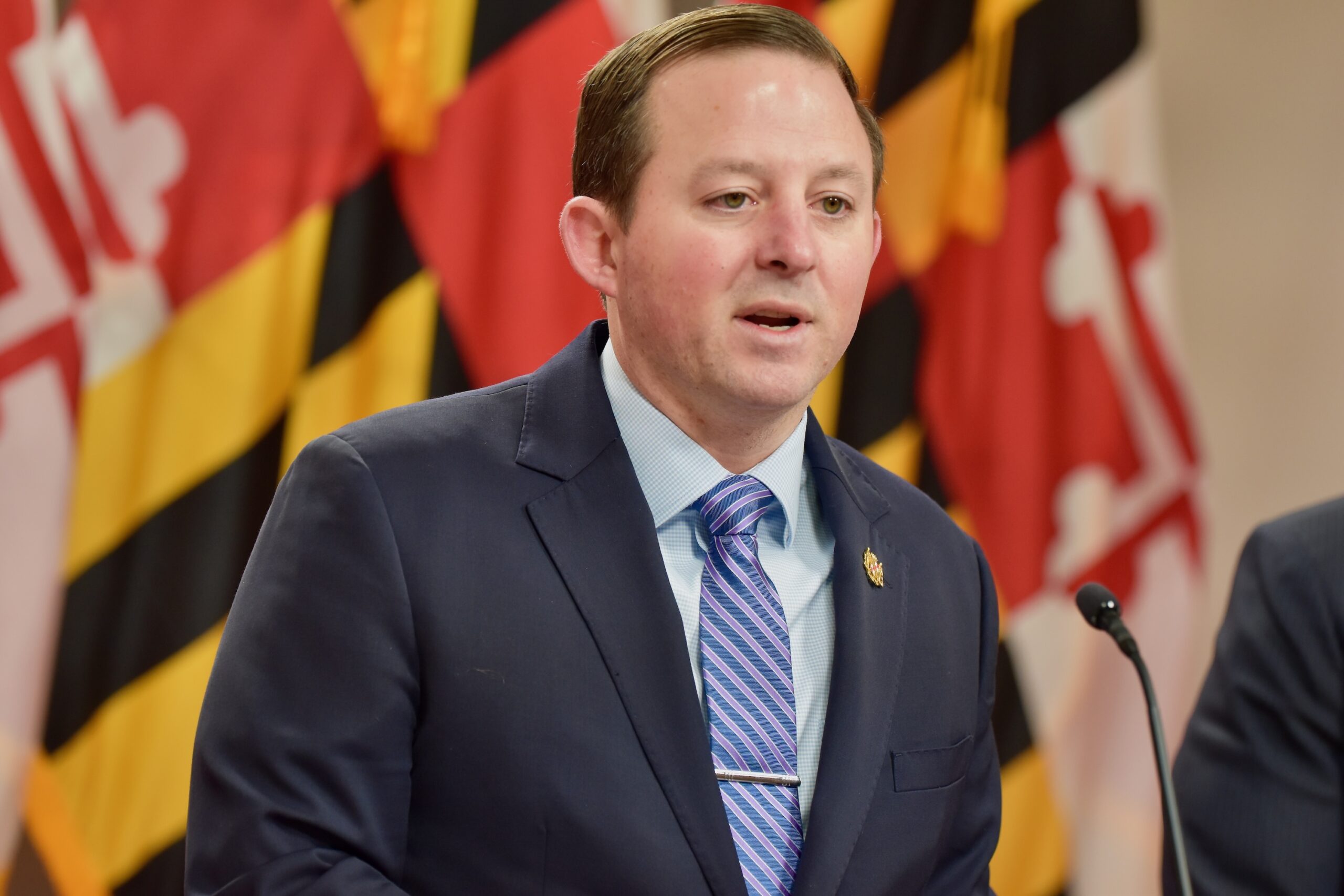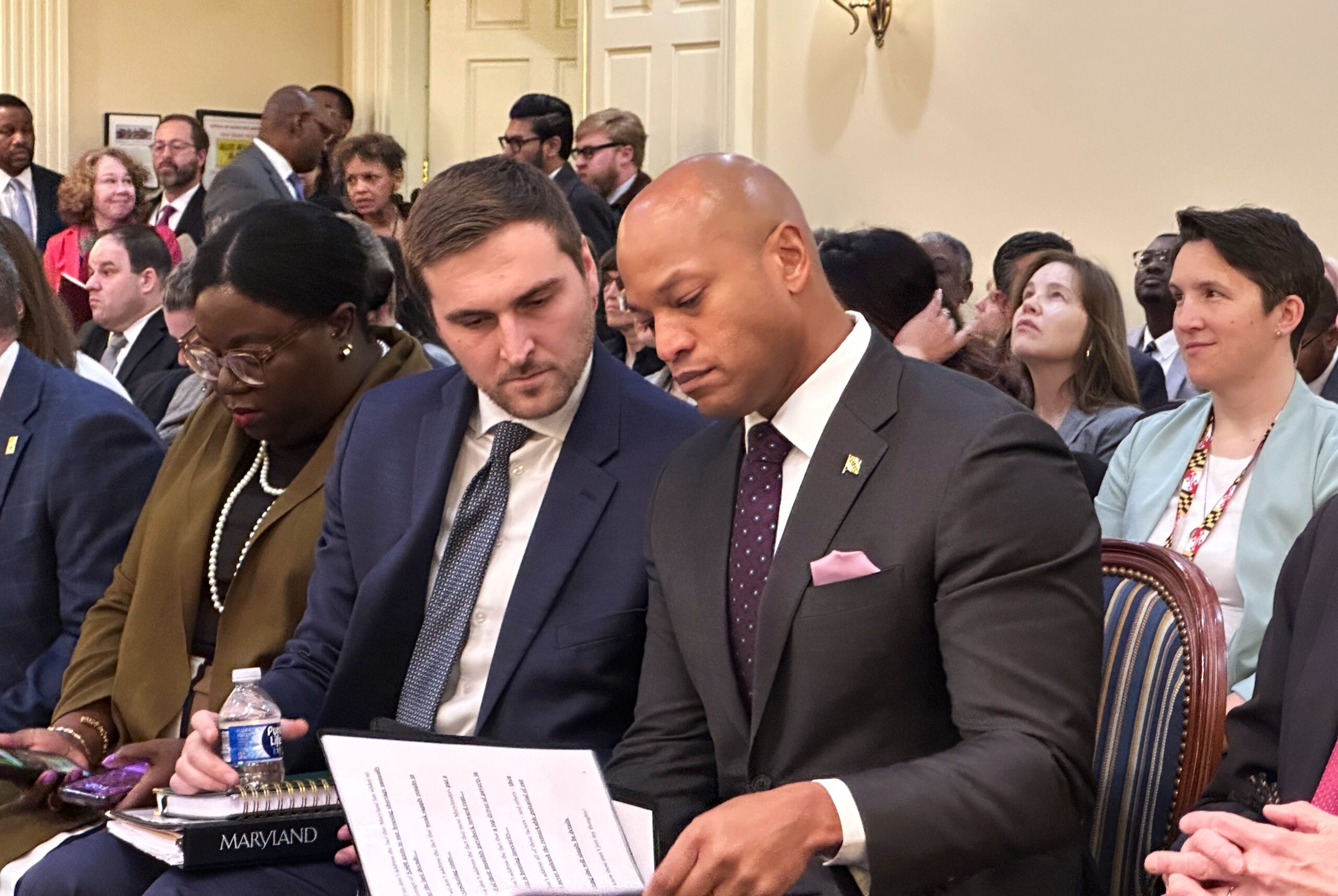
After years of dismal news about troubling trends, including one of the region’s weakest rates of job creation, Montgomery County is showing signs of economic potential. Our biohealth sector is an epicenter of global pandemic response as billions pour into local companies to develop vaccines, therapeutics and diagnostics.
Montgomery County can regain the momentum we need to power our future. But we have to make some changes or we will lose the moment.
The Montgomery County Council is now debating one of the key changes needed — our “growth policy.” The existing policy views a growing workforce and more housing as a drain on resources and a drag on our success, rather than a regenerating source of prosperity. That anti-development posture is hurting us.
To make a change, the council will have to overcome the fierce opposition of County Executive Marc Elrich, who has called on the council to leave the status quo in place.
The consequences of our failing growth policy are clear: for example, Montgomery County’s annual housing production has slowed by 30% of the historic average, to about 2,700 units annually. We have a growing shortage.
That shortage creates affordability problems. The 2019 median price of a single-family house is now $715,000. Homeownership rates for those younger than 35 have plummeted.

Hans Riemer, Montgomery County Council at-large member.
But housing affordability is also hurting older residents, who might downsize faster and make homes available if there was a more abundant supply of apartments or condos in rising urban centers where many want to live.
This growing shortage is part of a bigger problem that is making us a less prosperous community. Once, Montgomery County was a place that benefited from strong private sector investment. That investment included not only housing but also companies and jobs. Suburban office centers expanded rapidly while the housing supply grew to match workforce demands.
But anti-development policies have taken their toll. Now those areas are stagnant and many buildings are empty, while housing has slowed considerably.
The good news is that the county council is poised to make a meaningful change to a part of the growth policy that has had the most detrimental impact: the housing moratorium, which blocks new housing and, effectively, economic development, based on school enrollment.
While blocking new housing based on crowded schools has a certain logic, the type of development that is being blocked just doesn’t produce a lot of school-age kids.
These days, new housing in Montgomery County does not mean carving up exurban farmland and flooding local schools with children. Rather, new housing comes from transforming old and even abandoned or empty buildings, outdated shopping malls and underutilized parking lots into vibrant new places that improve our quality of life while attracting young workers and empty nesters (far fewer of whom have children).
Consider downtown Silver Spring, one of the county’s brightest success stories of the past 20 years. Silver Spring has been hit by a housing moratorium, preventing the area’s renaissance from extending beyond the core as projects are held up or never get started.
Yes, enrollment data for Silver Spring’s Montgomery Blair High School shows growth of about 1,100 students — but only 51 of those students live in the new housing downtown. The rest are coming out of existing neighborhoods. Does it really make any sense to put the brakes on redevelopment just because more families are moving to existing neighborhoods?
The housing moratorium does more harm than good. The positive benefits of redevelopment greatly exceed the marginal impact of student generation. A better approach is to charge reasonable impact fees on developers and recordation taxes on home purchases and use those funds to support school construction.
Years ago, the council boldly envisioned a thriving corridor city up and down Rockville Pike, analogous to Rosslyn/Ballston. Since then, however, very little has actually changed. Progress has stalled. Other communities in the region — unencumbered by moratoria — are growing and changing for the better, attracting young families and high-paying jobs to power their future while providing a higher quality of life for everyone.
If we want the private sector to make the investments in our community so that we can thrive and prosper, we have to create a more favorable environment.
Montgomery County needs to think bigger and act bolder to fire up our local economy. It is time to seek dynamism rather than putting up as many roadblocks to it as we can. It is time to get rid of the housing and growth moratorium.
— HANS RIEMER
The writer is a Democratic at-large member of the Montgomery County Council.




 Creative Commons Attribution
Creative Commons Attribution